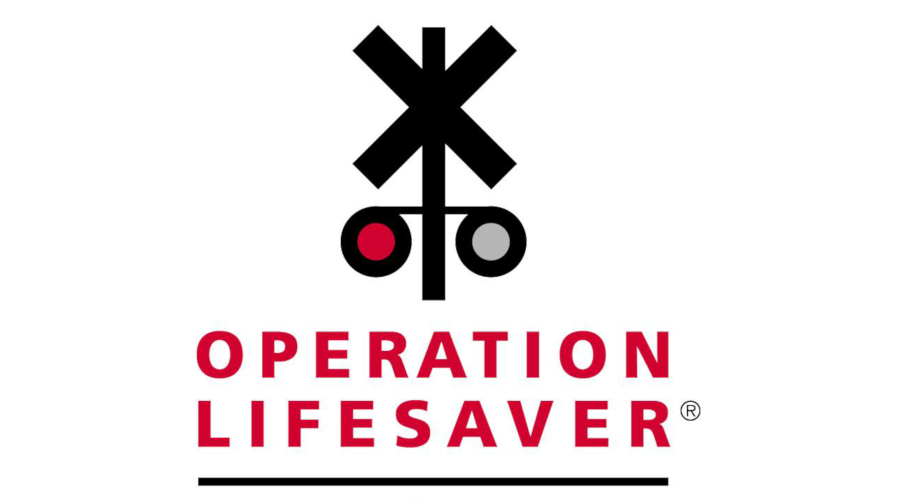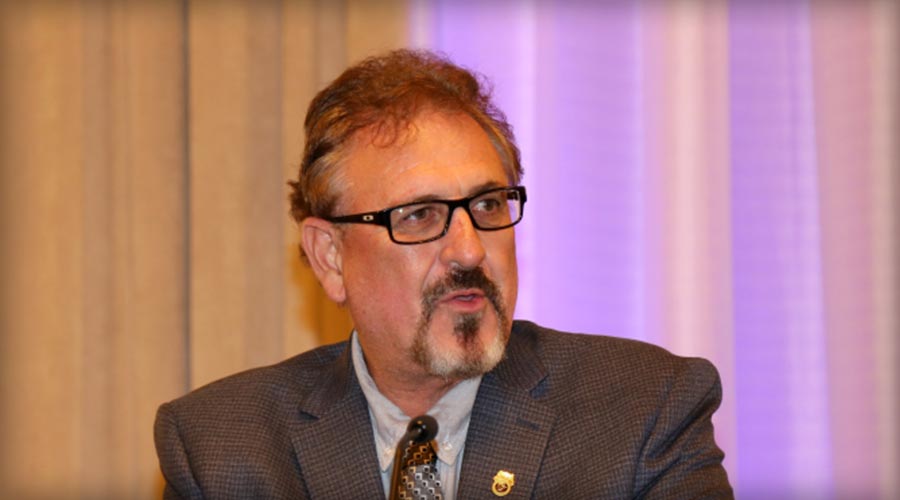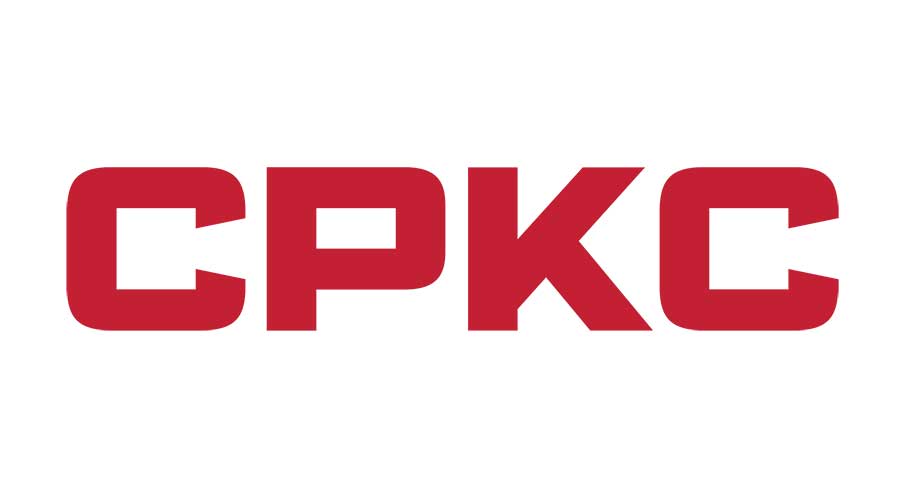Stay updated on news, articles and information for the rail industry
2/11/2008
Rail News: Rail Industry Trends
Carmichael at 'Carmichael' conference: U.S. needs an expanded rail network
The nation's transportation system made great strides in the 19th and 20th centuries with the development of an intercontinental railroad system and interstate highways. But so far in the 21st century, U.S. leaders have virtually ignored the global economy's impact on the nation's transportation infrastructure.
That's the message former Federal Railroad Administrator and current Senior Chairman of the University of Denver's Intermodal Transportation Institute Gil Carmichael delivered last month at a St. Louis conference named in his honor. During a keynote at the first-ever Carmichael Conference on the Future of American Transportation held Jan. 28-29, he said government is ignoring realties by banking on ethanol and gas taxes as ways to generate funds for transportation improvements.
"Ethanol, they say, is the 'magic bullet,' [but] I would argue that this is a questionable strategy at best in terms of economics, energy supply and environmental impact, and it would impose a gigantic hidden cost upon American consumers," said Carmichael. "The same thing is true of the new 'blue-ribbon study commission,' which proposes a gas tax increase of up to 40 cents to restore our crumbling highways to their previous condition. Neither of these solutions addresses the increasing problem of freight and passenger traffic congestion that is stifling our economy today."
A better 21st century solution is to expand the nation's rail network, he suggested.
"While the politicians have slept, there has been an intermodal freight network that has evolved in the past quarter of a century," said Carmichael. "It is safer, faster, more reliable, more energy efficient and more economically viable than what preceded it."
The nation needs to build or upgrade about 20,000 miles of freight corridors that can accommodate train speeds exceeding 90 mph and would feature double track, grade separations and GPS systems.
"The railroads have already begun the building process and further capital contributions should come from public investments that could take the form of cost-sharing specific projects, which already is occurring, as well as tax credits, or tax-exempt financing secured by public agencies," said Carmichael.
He identified five priorities policymakers must address to better utilize the nation's freight-rail system and develop passenger-rail corridors:
• conduct a "ruthlessly objective" market analysis to understand potential ridership, capital costs and operating needs;
• build the strongest corridors first, and as the market grows, upgrade other corridors;
• plan and build corridors with intermodal connections;
• maximize private-sector involvement; and
• be bus advocates as well as rail advocates because buses can reach some customers railroads cannot and will be an essential modal partner in rail corridors.
Contact Progressive Railroading editorial staff.


 2025 MOW Spending Report: Passenger-rail programs
2025 MOW Spending Report: Passenger-rail programs
 Gardner steps down as Amtrak CEO
Gardner steps down as Amtrak CEO
 Guest comment: Oliver Wyman’s David Hunt
Guest comment: Oliver Wyman’s David Hunt
 Women of Influence in Rail eBook
Women of Influence in Rail eBook
 railPrime
railPrime







